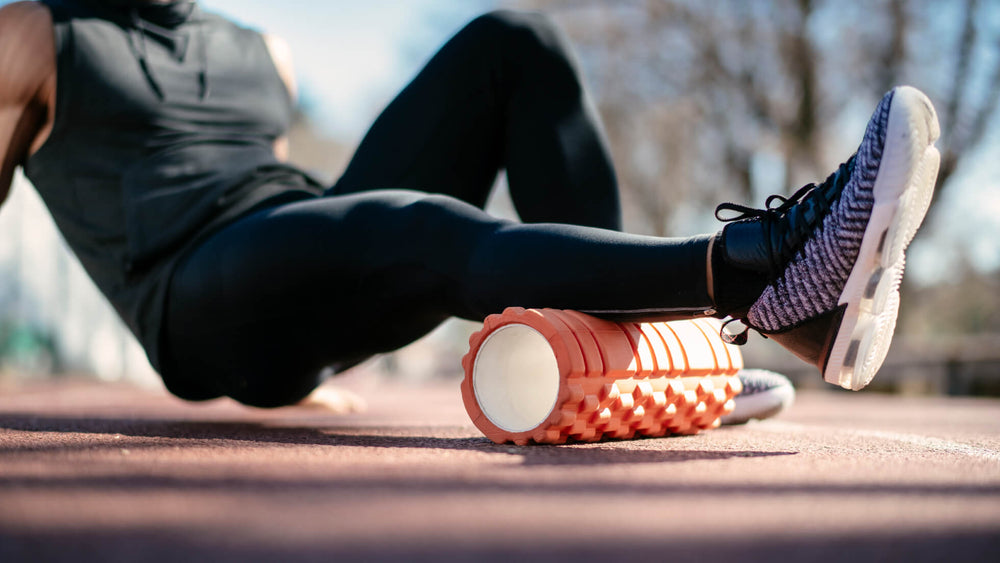Ice Baths vs. Saunas: Your Next Recovery and Performance Hack

You slogged through that 50-mile gravel grinder or smashed hill repeats at dawn and now comes the fun part: choosing between an ice bath or a steamy sauna. Both modalities promise faster muscle recovery, improved endurance adaptations, and a sharper mindset, but they work in very different ways. Here’s what you need to know to pick the right chill or heat therapy for you.
The Cold Hard Truth: Ice Bath Benefits and Drawbacks
For ice baths (10–15 °C), you submerge your legs in cold water for 5–15 minutes. Here’s why endurance athletes swear by them:
- Muscle recovery: Cold constricts blood vessels, flushing metabolic waste from muscles and reducing inflammation. You’ll notice less soreness 24–48 hours post–hard effort.
- Reduced swelling: If you’re battling joint pain or minor strains, ice baths can act like a shortcut to anti-inflammatory meds—without the pills.
- Quick reset: Post-race or training camp fatigue can linger. A brief ice plunge jump-starts your nervous system, making you feel “awake” again.
But beware the drawbacks:
- Blunted adaptation: Some studies suggest repeated icing may dampen long-term strength and endurance gains by interfering with natural inflammation signaling.
- Shock factor: You need to ease in; a sudden plunge can spike blood pressure and stress hormones.
- Accessibility: Not everyone has a tub, freezer, winter weather, or an ice bath business near them.
Start Sweating: Sauna Pros and Cons
Saunas (70–90 °C) aren’t just for relaxation—they’re a form of heat training with powerful endurance benefits:
- Heat acclimation: Regular sauna sessions improve blood plasma volume, thermoregulation, and sweat rate. That translates to better performance in hot-and-humid races.
- Cardiovascular fitness: Sustained heat stress raises heart rate similarly to low-intensity cardio, offering a gentle workout on rest days.
- Muscle relaxation: Heat soothes tight muscles, enhances flexibility, and primes you for your next session.
Drawbacks include:
- Dehydration risk: You’ll sweat buckets—if you don’t rehydrate properly, you could offset any recovery gains.
- Time commitment: To see real adaptations, you need 3–4 sauna sessions per week, each lasting 20–30 minutes.
- Accessibility: Not every gym has a sauna, and installing one at home is an investment.
Building Mental Fortitude
Beyond physical perks, ice baths and saunas test your mental grit. Sitting in frigid water or enduring sustained heat teaches you to embrace discomfort—useful when your quads scream on uphills for example. That brief window of controlled stress helps toughen your mindset for the unpredictability of racing. The ability to sit with discomfort and quiet your mind is something you’re forced to practice in saunas and ice baths and can certainly come in handy during races or hard training sessions.
Practical Tips: Duration, Frequency, and Accessibility
Ice Baths
- Start with 5 minutes at 15 °C, working up to 10–12 minutes at 10–12 °C.
- Limit to 2–3 sessions per week, ideally within two hours of a hard workout.
- Use a thermometer and stirring paddle to maintain consistent temperature.
Saunas
- Begin with a 10-minute warm-up at 70 °C, ramping to 20–30 minutes at 80–90 °C.
- Schedule on easy or recovery days—dry off, then sip 500–750 ml electrolyte-rich fluid.
- If you lack a sauna, try a hot bath with epsom salts or portable infrared blankets.
Separating Fact from Fiction
It’s not uncommon to see social media influencers, wellness “coaches” or other popular fitness figures to promote ice baths and saunas as a cure-all magic solution these days. So before you dive all-in, be sure to temper your expectations so that they align with reality.
- Myth: “Ice baths prevent all muscle soreness.”
- Reality: They reduce, but don’t eliminate, delayed onset muscle soreness (DOMS).
- Myth: “Saunas melt away fat.”
- Reality: You lose water weight, not body fat—replenish fluids immediately or you risk impaired performance.
- Myth: “You can’t combine ice and heat.”
- Reality: Contrast therapy (alternating cold and heat) can boost circulation and recovery—but listen to your body and don’t overdo it.
Choose What Works for You
Neither ice baths nor saunas is a magic bullet, but each offers unique perks for muscle recovery, heat adaptation, and mental toughness. If you chase podiums in hot-weather races, lean into the sauna. If you’re nursing joint pain or want a quick post-workout reset, dive into the ice. And remember, mixing both—on alternating days or within a contrast session—can deliver the best of both worlds.
Take the next step in your training regimen: Try any BRL Sports supplement risk-free! If our natural nutritional products aren’t the best you’ve ever used, simply return your purchase for a 100% refund — no questions asked!
Also in Inspiration & Perspiration

High Altitude Supplements: Complete Guide to Training & Prevention (Altitude Sickness Solutions)
Support endurance and reduce altitude stress with supplements that improve oxygen efficiency, stamina, and recovery in high-altitude conditions.

Best Supplements For Runners: Complete Guide By Training Phase (Base, Peak, Taper & Race Day)
Discover the best supplements for runners by training phase—base, peak, taper, and race day—to boost endurance, recovery, and performance.

Creatine for Endurance vs. Sprint Efforts
Creatine isn’t just for power—learn how it boosts sprint speed, recovery, and endurance performance.


